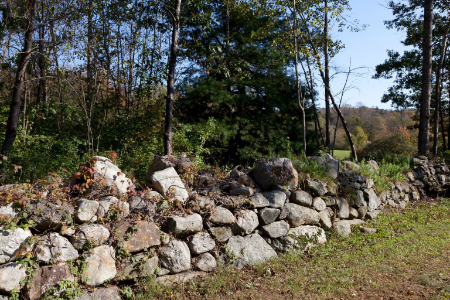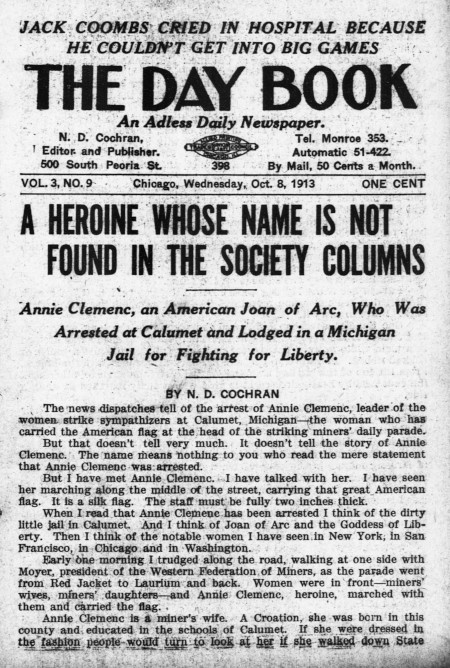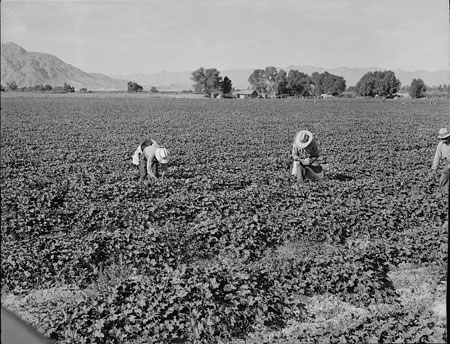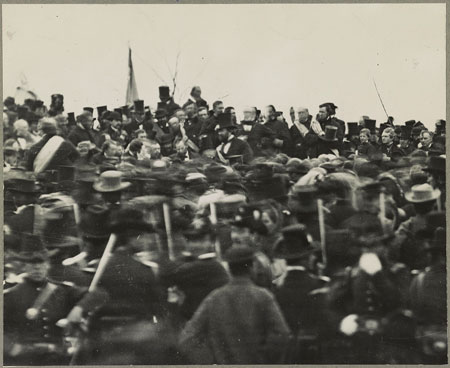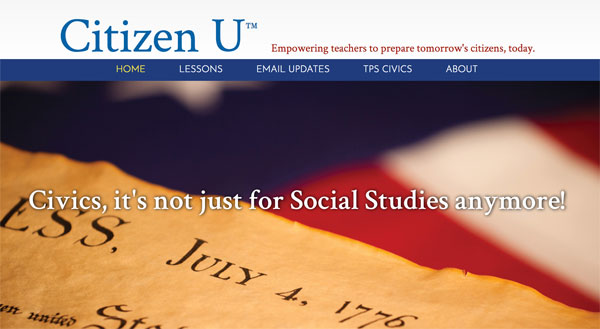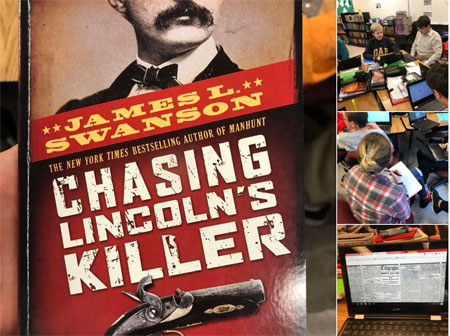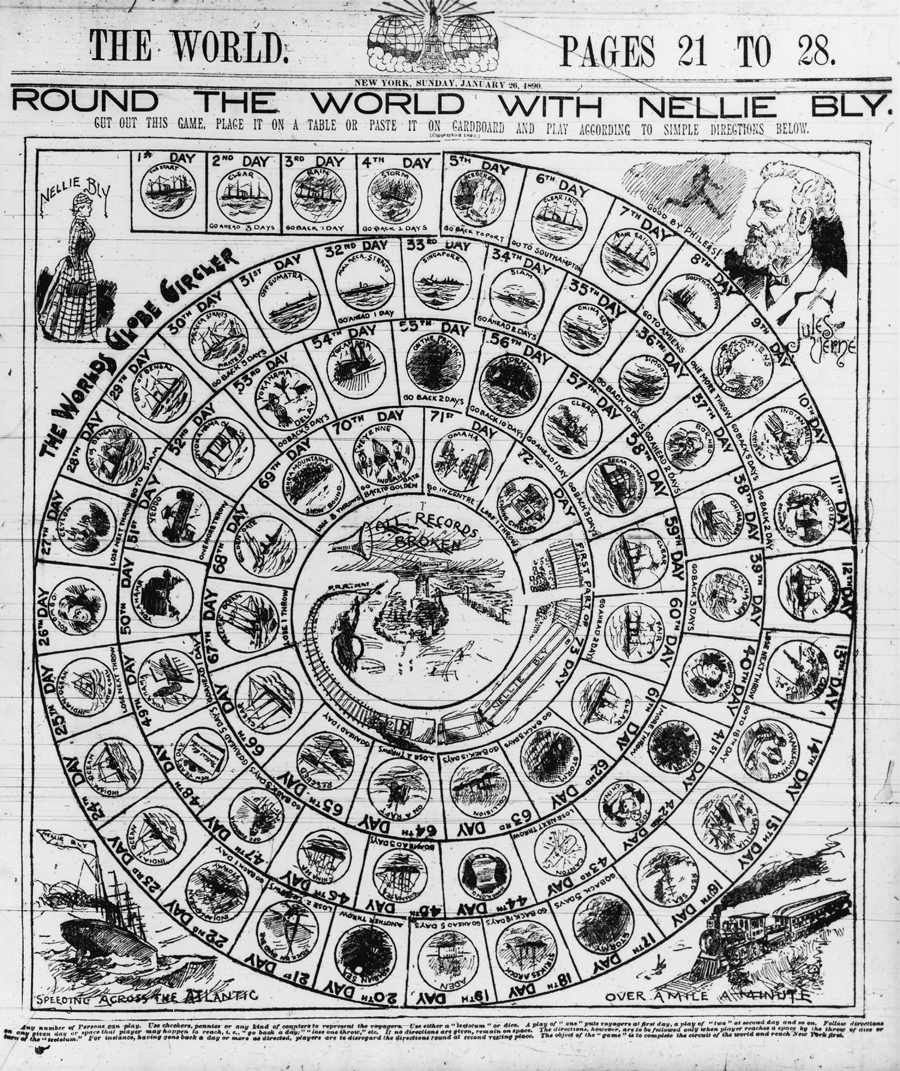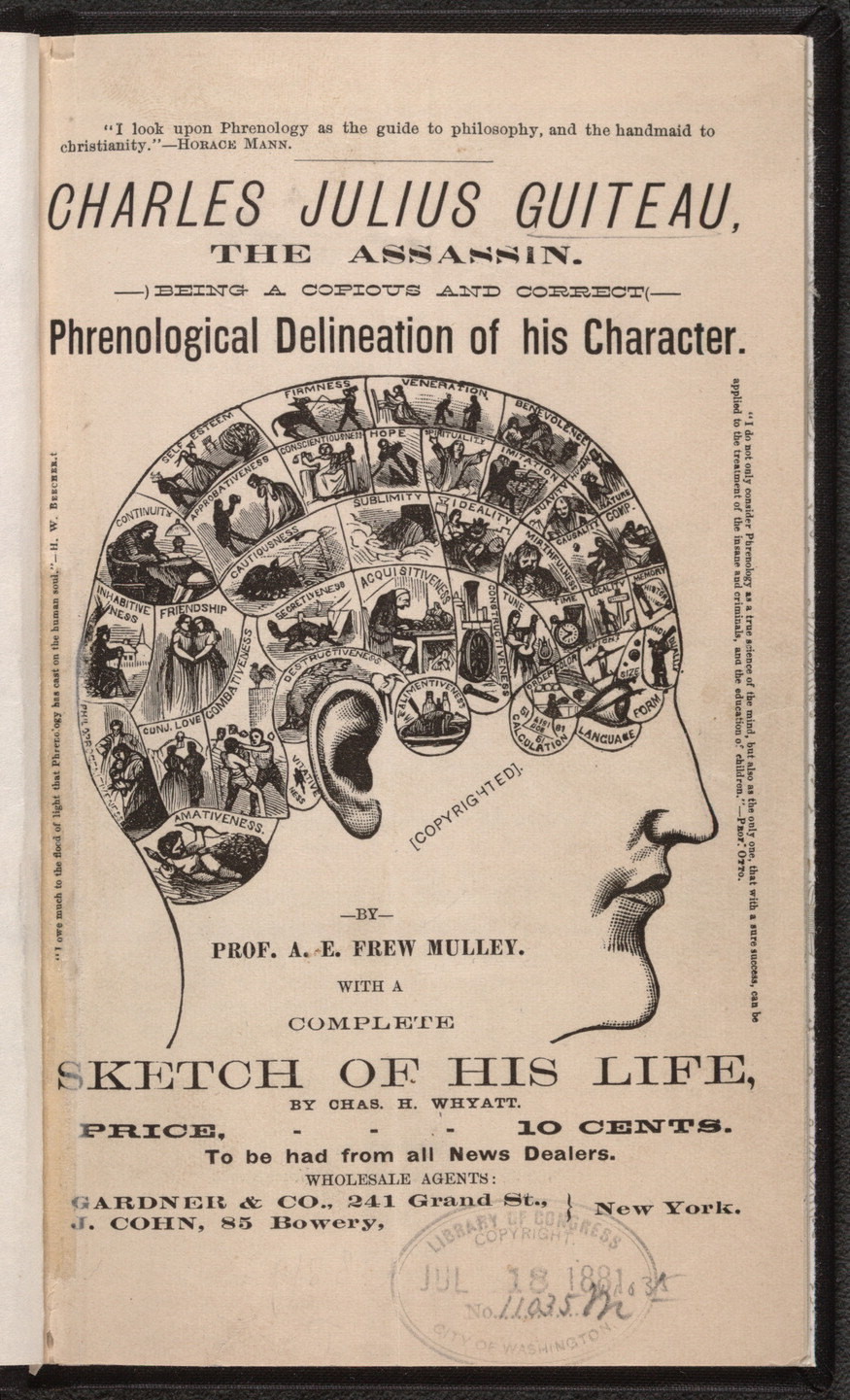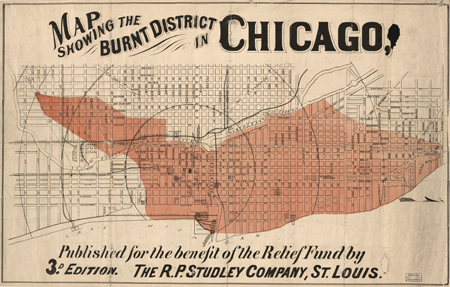Learning from the Source: Do Good Fences Make Good Neighbors?
Overview By pairing primary sources with poetry, students consider the proverb, “Good fences make good neighbors” in the context of their own lives as well as in a local, national or global context. Lesson Steps Display the primary source image and analyze it together as a class using the Library of Congress Primary Source Analysis…

